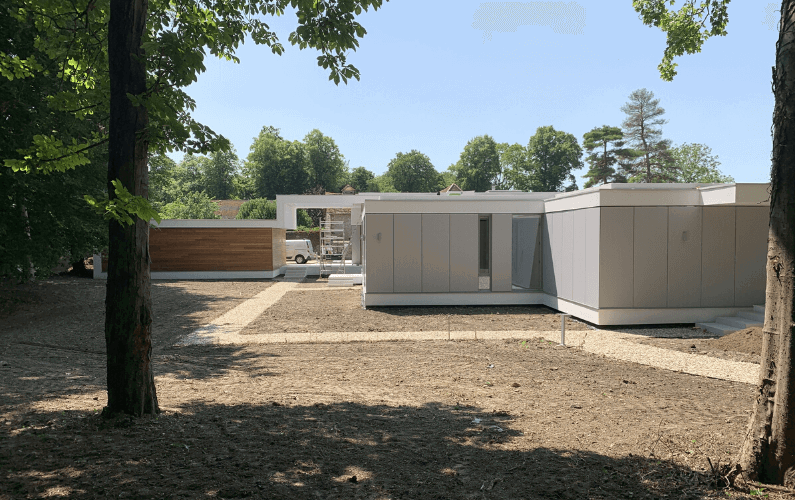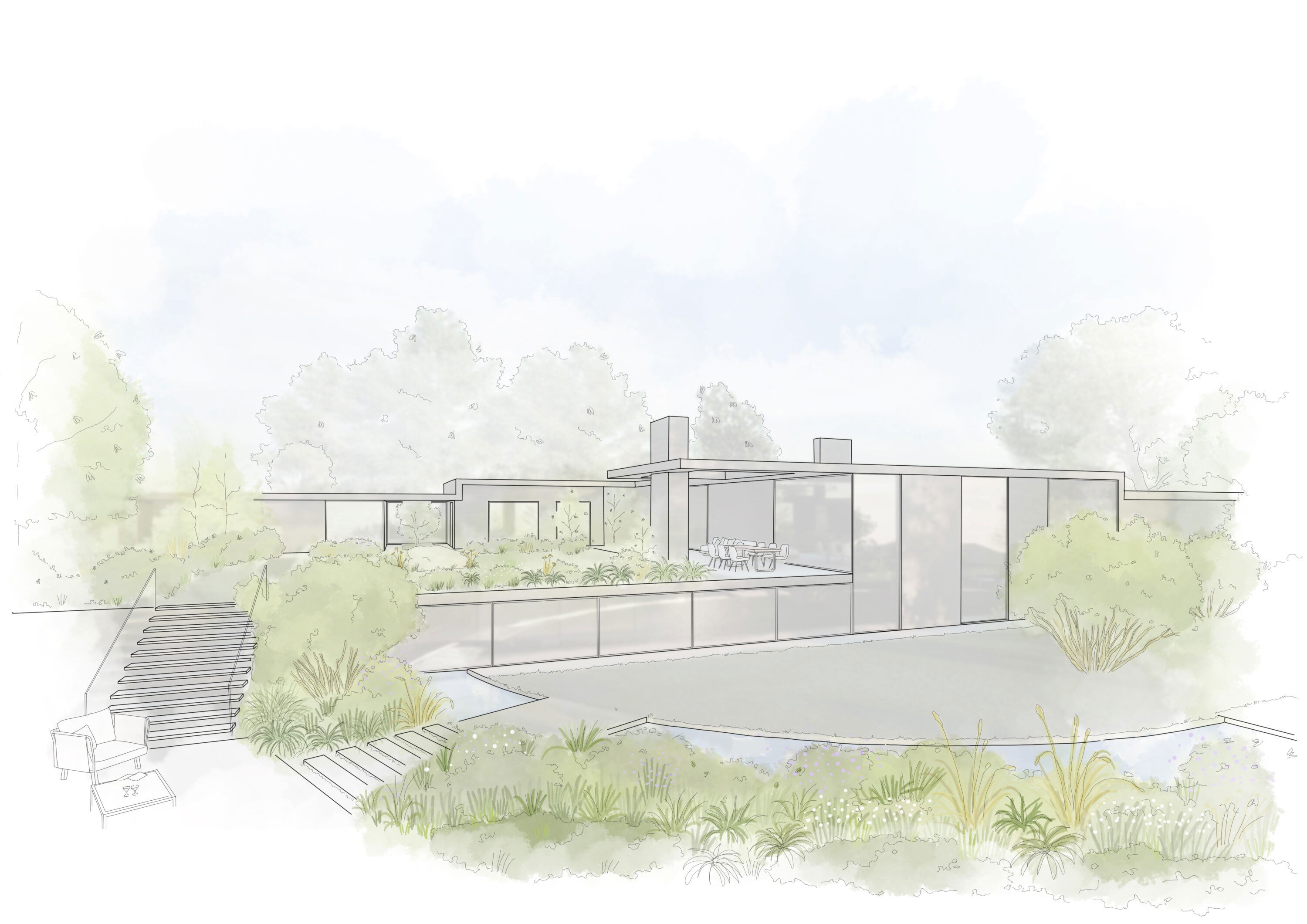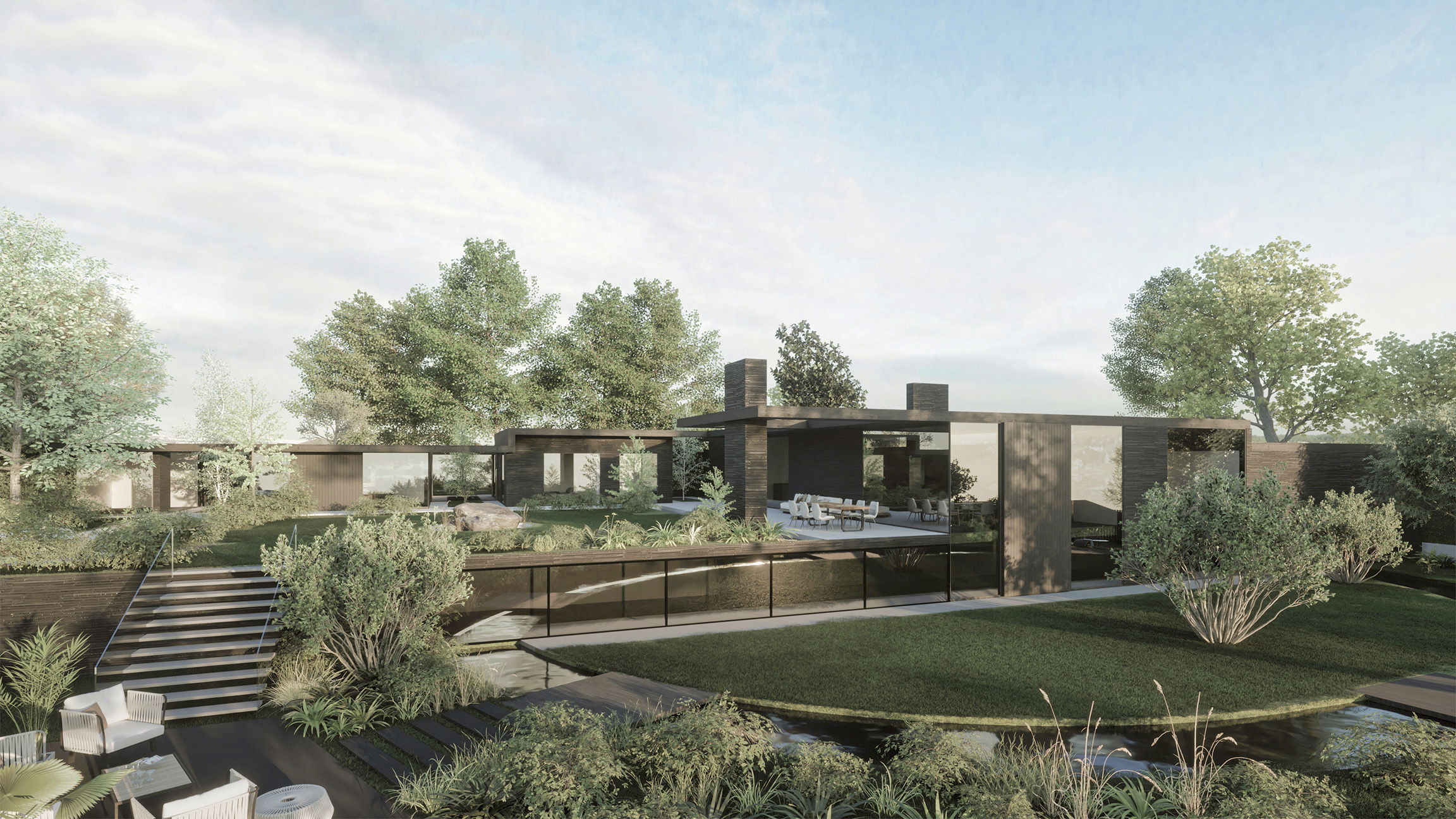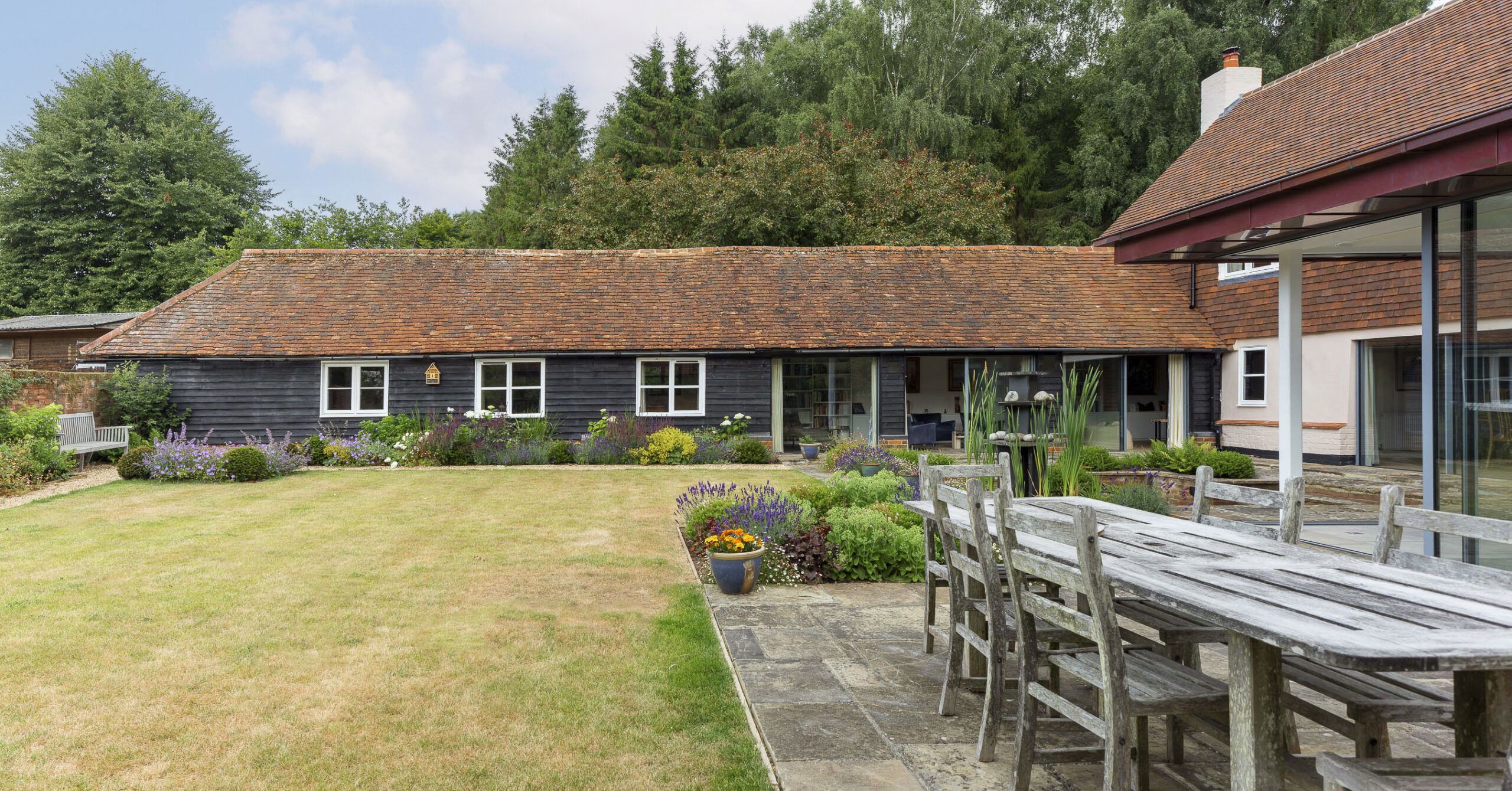What Tender Option is Best for a Design & Build Project?
When planning a renovation or new build home, getting the right team of designers, contractors and builders on board is a critical stage in the process. But what’s the best way to go about finding them?
Securing a tender for a construction project generally follows one of the following methods:
- Competitive tendering
- Managed/negotiated tendering
- Two-stage tendering
Traditionally, competitive tenders have dominated the home design sector, and are often seen as the best way to achieve a quality project within budget. However, this is by no means the only route to securing a quality builder. Depending on the project, other methods may offer significant advantages over the standard competitive tender scenario.
In this article, we will explore the three main options for tendering a project, each of which carry their own advantages and disadvantages to consider.

Competitive Tendering: What is it?
The basic process for a competitive tender is one you may be familiar with:
- The schedule is prepared and presented to a competitive market, where typically similar size contractors will compete on a like-for-like basis
- Bidding contractors will put together a price package for the project, typically within 4-6 weeks
- The contract is awarded to the contractor with the best price/quality value
Pros & Cons
While typically seen as a method that results in a competitive market rate, there are several factors that may impact the accuracy of the price offered by a prospective contractor.
- One factor that drives under- or over-pricing is market demand. If a builder is particularly busy with other projects, this can result in inflated tender prices that reflect their capacity to take on new business. Conversely, a contractor may offer an unrealistically low price if they are keen to win the project.
- Secondly, the accuracy of the presented tenders heavily relies on the quality of the design pack prepared by the architect or designer. At HollandGreen, we invest a huge amount of time into finalising each aspect of the design before sending out to tender – right down to the exact floor finishes, the type of cabling used, the brand of paint for the walls, and so on. This ensures the price submitted by each contractor will be as accurate as possible, thereby avoiding the scenario where the client chooses a builder that appears to be significantly cheaper at the outset, only to be forced into overshooting the budget later down the line.
- Finally, opting for a competitive tender route may limit the range of companies willing to take part in the bidding process. Large or complicated projects can cost a contractor thousands of pounds of time and resources to put together a tender pack, meaning that many quality contractors are increasingly avoiding getting involved with a competitive tender at all – and the result could be losing out on what might have been a highly skilled, well-suited contractor for your project.
However, when managed properly, the competitive tender remains a good option for securing a clear and accurately priced project. It is particularly suited to new build projects, where the architect is working from a blank slate and can put together a detailed design pack with no room for guesswork or misinterpretation.
To make the most of the competitive tender route, we would always recommend establishing as detailed a design as possible, as well as getting a Quantity Surveyor on board to check the initial prices provided by contractors are reasonable and accurate.


Managed/Negotiated Tendering: What is it?
A negotiated tender is where the client already has a single supplier in mind – perhaps from the recommendation of family and friends, or based on the supplier’s portfolio or track record in the industry.
Pros & Cons
This is a great option for clients that already have a builder they know and trust, as it streamlines the process and allows the project to transition quickly and seamlessly from the design and planning stage, directly onto site. Negotiating with a single supplier may also be appropriate for specialist or complex contracts, where there is a limited number of potential contractors within the market.
As with the previous method, however, there are several factors to be aware of before going down this route. One potential caveat is the possibility for a negative atmosphere to develop when negotiating the contract. Because managed tenders are generally non-competitive, ensuring both parties agree to a fair price in the absence of any rival bids has the potential to be complex and time consuming.
Another danger can arise if the client has chosen a smaller builder, particularly if the project is very large or complex. While this may be cheaper, the quality of the build might end up at risk – and for big projects, the timeline can become much longer than if a better equipped contractor had been chosen.

Two Stage Tendering: What is it?
Two stage tendering involves engaging a contractor at a much earlier stage of the project. It is typically split into the following stages:
Stage 1: The project is put out to tender on the basis of an incomplete design. A contractor is then selected and engaged on the project, typically under a PCSA (pre-construction services agreement).
Stage 2: The contractor will then work together with the architect and client in the design process, offering advice and input. For listed or heritage projects with a lot of unknowns, the contractor will get involved on site for the early exploratory stages, while the design is still developing.
Pros & Cons
Two stage tendering is a great option for ensuring accurate costs when dealing with projects that demand a gradually evolving design, such as renovating old listed buildings, or for complex projects with very large budgets. In this method, the contractor is initially taken on board based on an agreed base rate, before developing a stage 2 price package based on a fully informed understanding of the evolved design.
This route also reduces the possibility of delays to the build. Traditional competitive tenders take 4-6 weeks for prospective contractor prices to come in, followed by up to several months before the build can commence, depending on the contractor’s availability and timelines. For two stage tenders, the contractor is on board from the very beginning – meaning that they are able to schedule in the build in advance, reducing the delay between the design stage and arriving on site.
Potential downsides to this method of tendering include the possibility of a more time-consuming process when tendering at the first stage, as well as the potential for an escalation in pricing as the design evolves through the second stage.


In Summary…
There is more than one way to tender for a project, and each method has its own advantages and disadvantages.
The reasons for picking one tender process over another will depend on each individual project’s requirements, as well as the client’s own preferences. As an initial starting point, we would recommend the following:
- Competitive tenders = this option is ideal for clients approaching a project with a completely blank sheet, where the design will have no unknowns. The quality of the presented tenders will depend on the comprehensiveness of the design package – at HollandGreen, we spend a significant amount of time building a highly detailed pack that specifies exact details across the entire scope of the design, so that the client will receive a much higher accuracy in the pricing quoted by bidding contractors.
- Managed tenders = this method is ideal for clients that already have a builder they know and trust. In turn, this streamlines the timeline and allows the project to transition seamlessly from design to build. Care needs to be taken to make sure the contractor has the resources and capacity to deal with the size and complexity of the project.
- Two stage tenders = this route is particularly suited to complicated properties such as old listed buildings that require significant exploration and opening up of the site before a developed design can be produced. This allows the client to get initial contractors on board using more generic quotations early on, before finalising all the details once detailed design can be carried out in the second stage.
No matter what type of tender you decide on, as architects we will ensure we carry out all associated due diligence while recommending contractors that we know and trust, to ensure you have the right team to support you across every stage of the design journey as we bring your project to life.

What’s Next?
We provide Architectural, Interior Design and Landscape Design services throughout Cotswolds, London, Surrey, Oxfordshire, Buckinghamshire and Berkshire.
To learn more about how we can help bring your project to life, explore our design services, or get in touch for an initial conversation.
